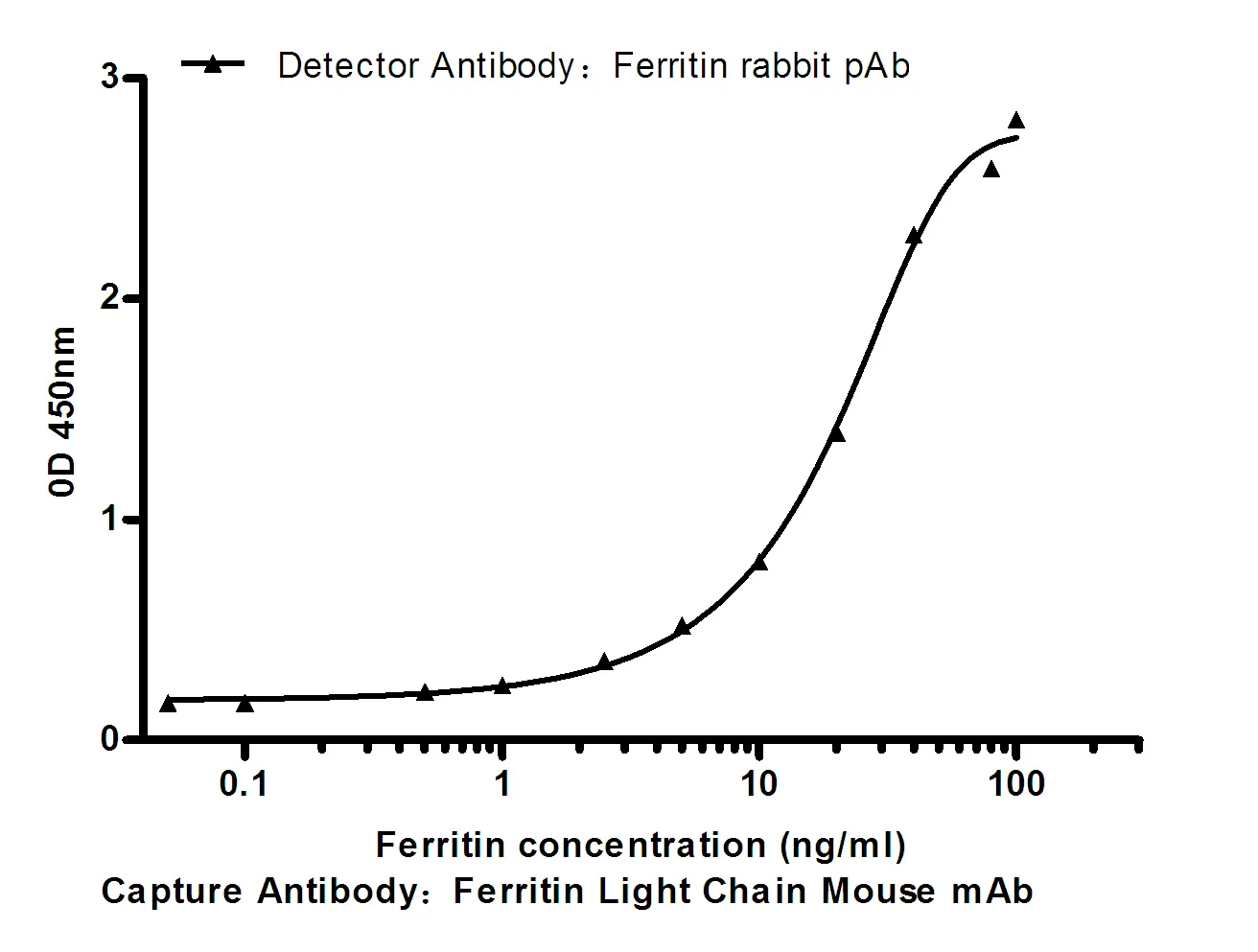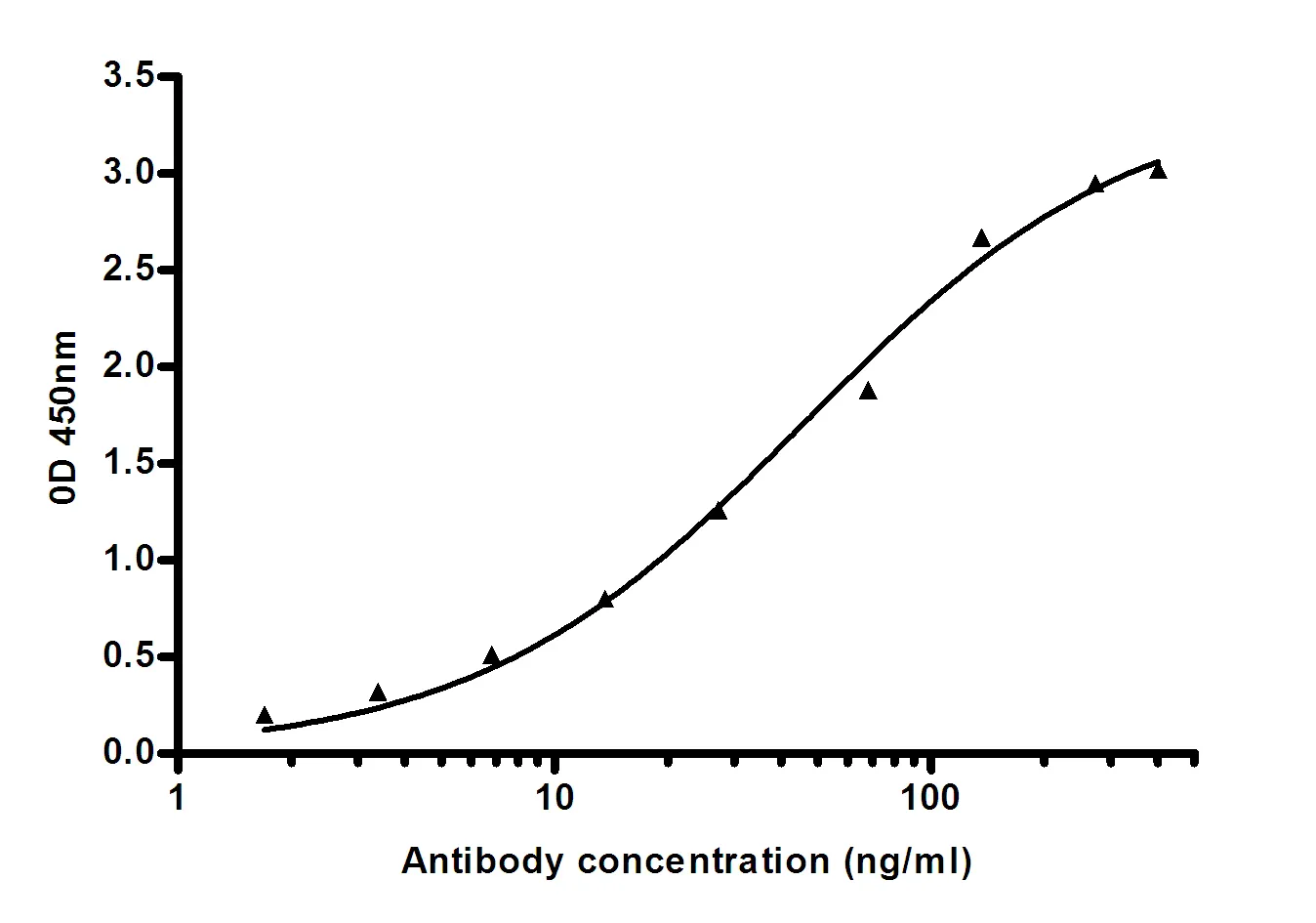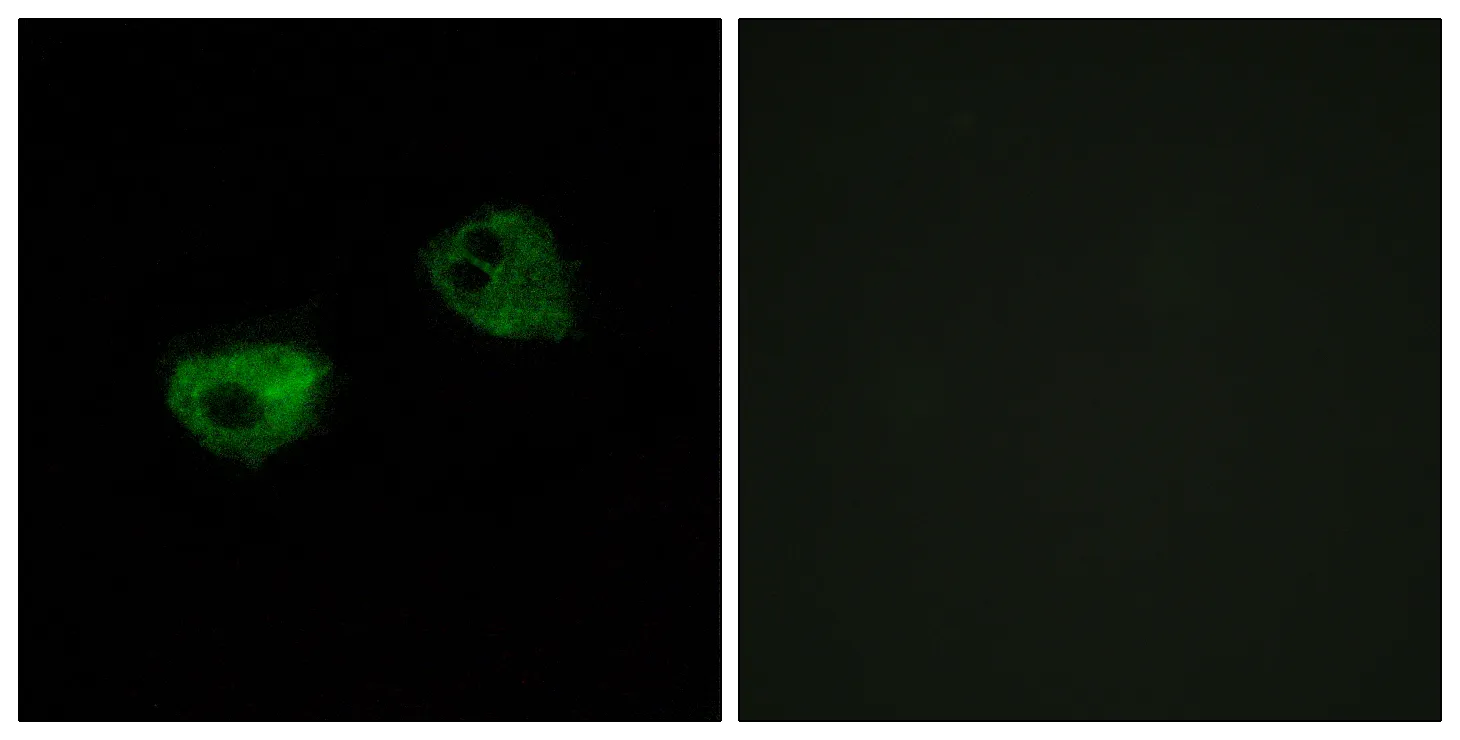Summary
Performance
Immunogen
Application
Background
The protein encoded by this gene contains five GTF2I-like repeats and each repeat possesses a potential helix-loop-helix (HLH) motif. It may have the ability to interact with other HLH-proteins and function as a transcription factor or as a positive transcriptional regulator under the control of Retinoblastoma protein. This gene plays a role in craniofacial and cognitive development and mutations have been associated with Williams-Beuren syndrome, a multisystem developmental disorder caused by deletion of multiple genes at 7q11.23. Alternative splicing results in multiple transcript variants. [provided by RefSeq, Nov 2010],developmental stage:Highly expressed in developing and regenerating muscles, at the time of myofiber diversification.,disease:Haploinsufficiency of GTF2IRD1 may be the cause of certain cardiovascular and musculo-skeletal abnormalities observed in Williams-Beuren syndrome (WBS), a rare developmental disorder. It is a contiguous gene deletion syndrome involving genes from chromosome band 7q11.23.,domain:The N-terminal half may have an activating activity.,function:May be a transcription regulator involved in cell-cycle progression and skeletal muscle differentiation. May repress GTF2I transcriptional functions, by preventing its nuclear residency, or by inhibiting its transcriptional activation. May contribute to slow-twitch fiber type specificity during myogenesis and in regenerating muscles. Binds troponin I slow-muscle fiber enhancer (USE B1). Binds specifically and with high affinity to the EFG sequences derived from the early enhancer of HOXC8.,PTM:Phosphorylated upon DNA damage, probably by ATM or ATR.,similarity:Belongs to the TFII-I family.,similarity:Contains 5 GTF2I-like repeats.,subunit:Interacts with the retinoblastoma protein (RB1) via its C-terminus.,tissue specificity:Highly expressed in adult skeletal muscle, heart, fibroblast, bone and fetal tissues. Expressed at lower levels in all other tissues tested.,
Research Area
Basal transcription factors;




